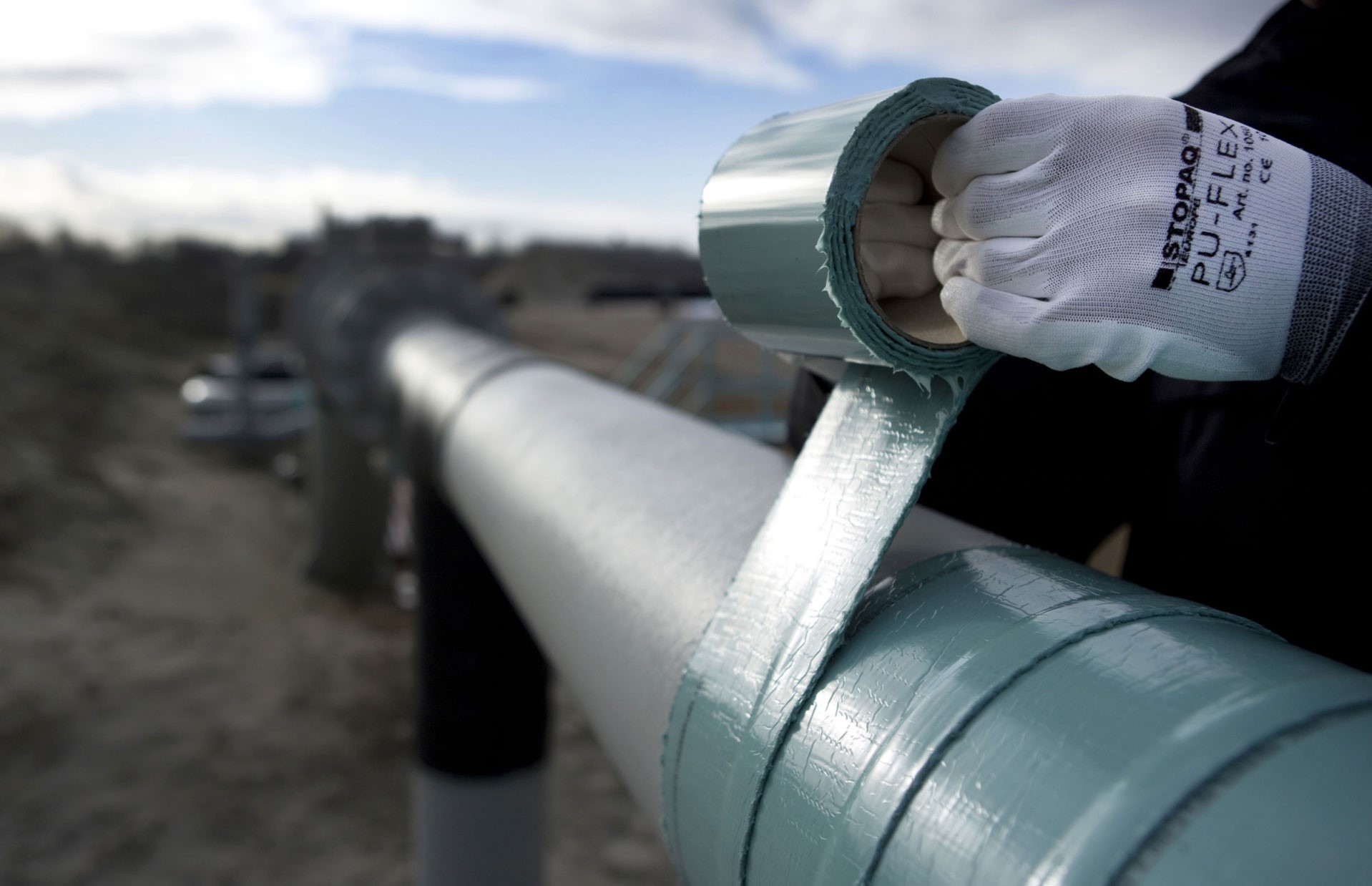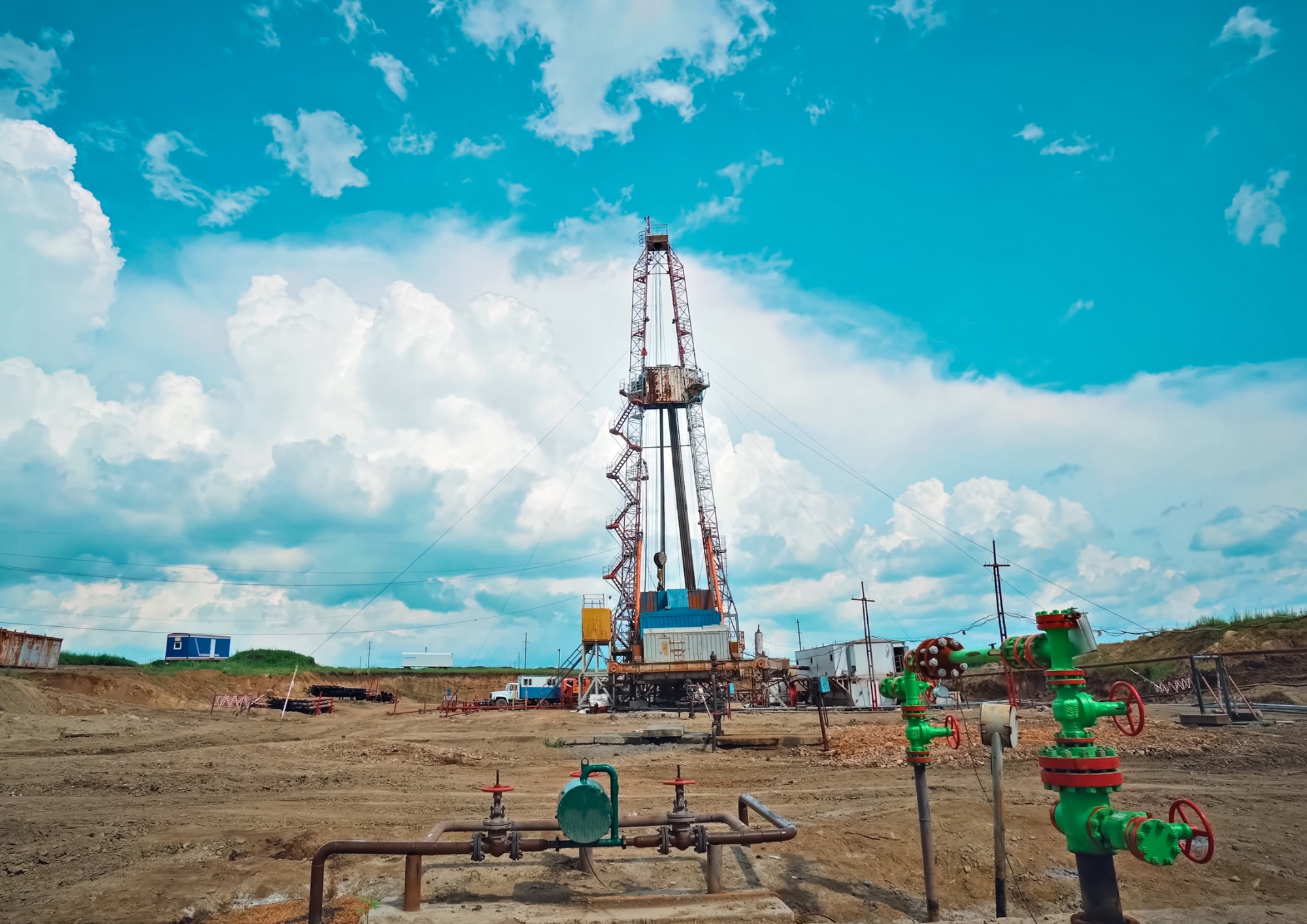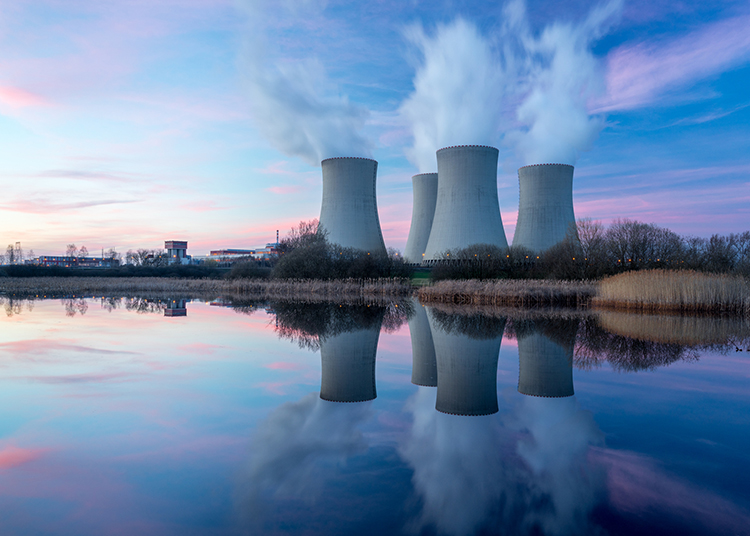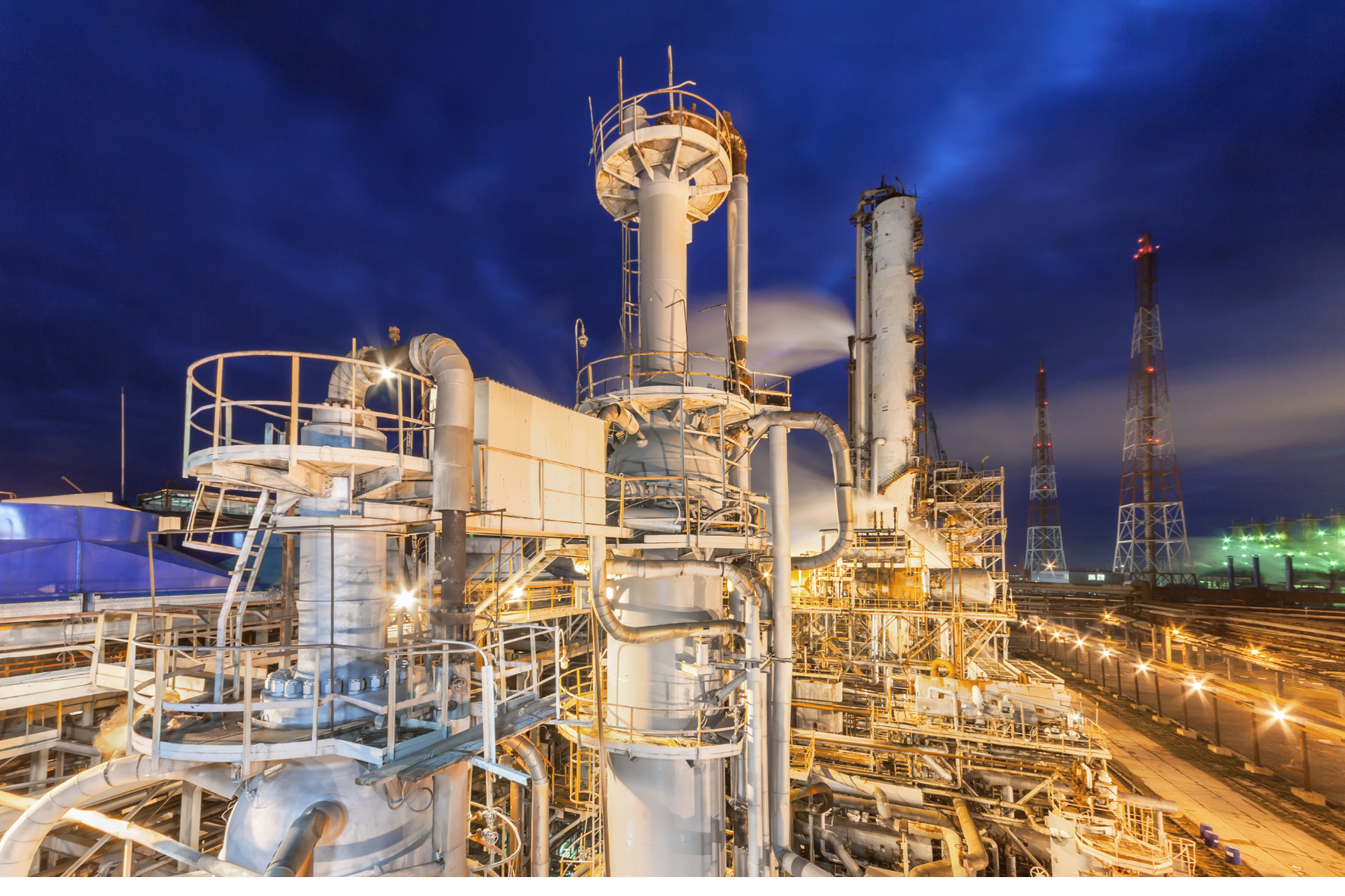

Corrosion Monitoring of Sulfuric Acid Tank Shell and Piping Using WAND Sensors
Spots of localised corrosion on the acid tank shell needed to be very precisely monitored to assess whether they were ‘active’.
Overview
Application: WAND TM Sensors applied to acid tank shell to monitor corrosion
Client: Chemical manufacturer
Asset: Sulfuric acid tank shell and piping
Operating temperature: Ambient
Type of degradation: Stress corrosion
Frequency of inspection: Once/year - Once/5 years
Challenges
Spots of localised corrosion on the acid tank shell needed to be very precisely monitored to assess whether they were ‘active’. Manual UT was not giving a good indication of this, since pinpointing the exact same location each time was not possible, and so this was not providing any meaningful data.
Corrosion rate at various locations on the tank shell and piping also needed to be determined. Once again, manual UT was not providing usable data for this, due to poor repeatability.
Solution
The customer installed WAND sensors at all known spots of localised corrosion on the tank shell and pipework, replacing manual UT. Data from the sensors was collected using the WAND handheld data collector.
Results
The spots of localised corrosion were very precisely monitored using the permanently installed WAND sensors. This allowed the customer to determine in a matter of weeks whether the spots were ‘active’ or not.
Similarly, using WAND, the rate of corrosion on the tank and piping could be accurately determined, giving the customer data which they then used to optimize their corrosion management program.
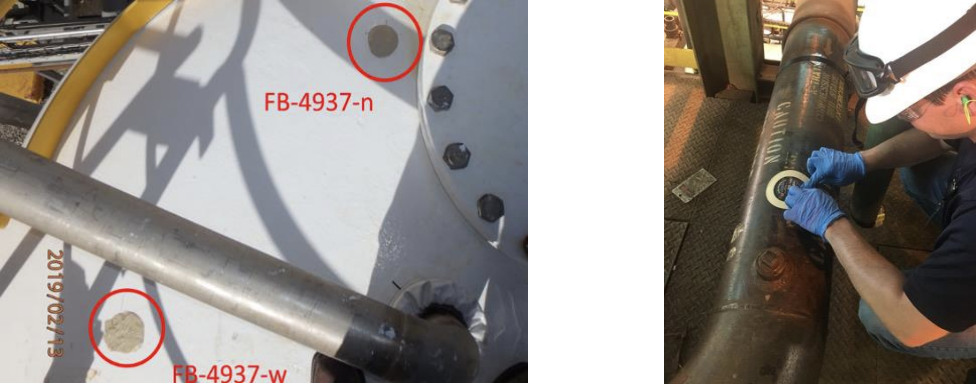
Examples of sensors installed on the tank head and connected pipework


